That Useful Wine Site
Search, or just roll your cursor over the colored boxes farther below.click the “x” to dismiss Search-results block.
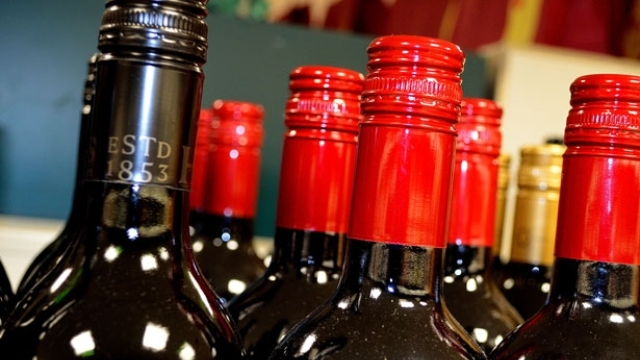
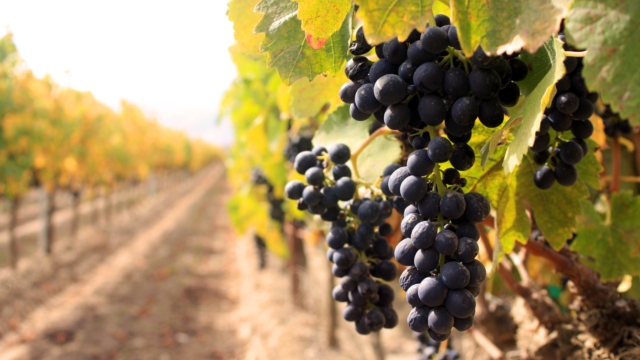
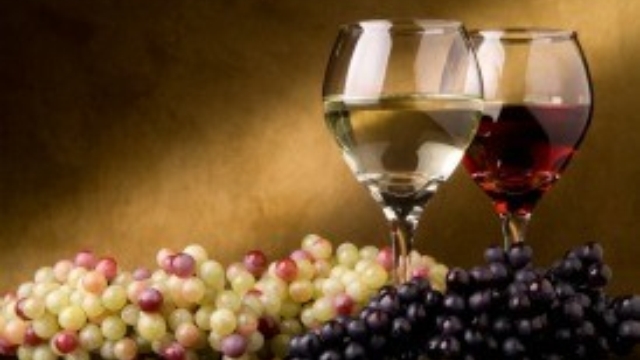
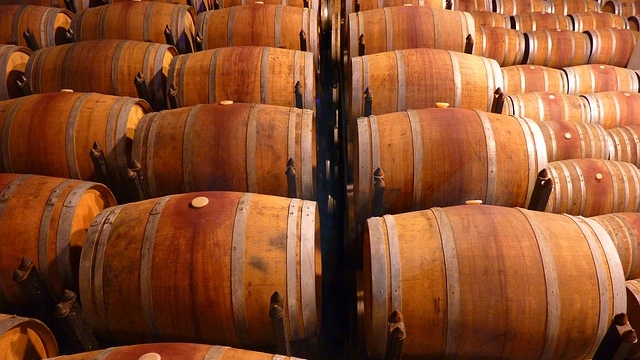
Advertisement:
Advertisement:
Quick page jumps:
(Synonyms: Bathiolin, Douce Noire, Charbonneau, Charbono, Corbeau, Corbeau Noir, Mauvais Noir, Plant de Montméllion, Plant de Turin, Plant Noir, Turca, Turin)
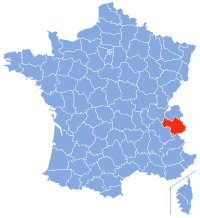
Bonarda is a red-wine grape originating in the Savoy region of France, but today most heavily grown in Argentina. For long, it was thought that its origins might run farther back yet, to the Piedmont area of Italy, where there are some grapes with “bonarda” in their name (such as “Bonarda Piemontese”), but modern DNA analysis shows that the Italian grapes are quite unrelated to Argentine Bonarda; nonetheless, tons of writers still refer to Bonarda as an “Italian” grape, which it just plain is not (indeed, a good majority of articles about Bonarda wines spend most of their time in meaningless discourses on the “mysterious” origins of the grape). Bonarda also had a run for a while in California, where it was known as “Charbono” (and, just to further complicate the story, Charbono was long misidentified and sold as Barbera); today, however, Californian Charbono is rare, and expensive. In France, its commonest synonym is “Douce Noir”, and in fact that is how Wikipedia lists it (it is also known there as “Corbeau”).
It is thus well for the buyer to keep in mind that a bottle labelled “Bonarda”, unless from Argentina, will very likely not be made from the Douce Noir grape but from something else (especially if the source is Italy). Argentine Bonarda and Californian Charbono (now rare)—or, if you ever see any, Corbeau—are the only reliable sources (which is not to say that all others must be something else—as always, caveat emptor).
In its new home in Argentina, Bonarda is a major player, being second in plantings only to that country’s signature variety, Malbec (which only recently surpassed Bonarda—and it is occasionally rumored that some Argentine Malbecs have an admixture of Bonarda in them). There, unlike the practices in the Old World, it is usually bottled as a monovarietal. It is slowly but surely establishing itself as an excellent grape—not yet considered a top “noble” grape, but it certainly can make excellent wines.
Bonarda made with care makes silky, elegant wines that evoke comparisons with Pinot Noir. Its nose is typically intense and fruity (strawberry gets mentioned often), and its flavor follows the nose. Less-expensive versions are good, simple drinking, very fruit-rich without being actual fruit bombs; but the better versions, of which more and more are appearing, are thoroughly age-worthy, good for as much as a decade or two. Besides red fruit, one hears of distinctive overlays of things from fig to fennel to plum to cassis. Curiously, for its overall power, Bonarda is not a notably high-alcohol wine: 14% would be high (whereas in today’s Parkerized marketplace, 14% is barely average). It also tends to be fairly low in tannins.
Mind, not a few online sources refer to Bonarda as a simple, rustic wine meant for immediate consumption; some of that is a function of how some makers vinify the wine, but also a lot of it is the usual bias about inexpensive wines not well known to the drinker. One does not say that, for example, Cabernet Sauvignon is “a simple, rustic wine” just because some cheaply made specimens of it happen to be; and the same with Bonarda. Whatever might once have been the case, Bonarda has gone up in the world, and most makers are now taking a deal more care in the growing and vinification of their Bonardas.
Factoid: Laura Catena, of the eminent Catena Argentine wine family, has said that the reason Argentines stuck with the deceptive Italian name “Bonarda” for the grape, rather than switch to Corbeau or Douce noir, was that they didn’t want another French-named grape (referring to that nation’s signature wine, Malbec).
Applying quality constraints shortens the list considerably (sorry, this is not a first-rank varietal), and applying availability restrictions slices that list down even more. This is what was left.
• This wine’s Wine Searcher “Reviews” page.
• This wine’s CellarTracker review pages.
• Retail offers of this wine listed by Wine Searcher.
• Retail offers of this wine listed by 1000 Corks.
• This wine’s Wine Searcher “Reviews” page.
• This wine’s CellarTracker review pages.
• Retail offers of this wine listed by Wine Searcher.
• Retail offers of this wine listed by 1000 Corks.
We could find no reasonably available Bonarda wines better enough than those listed above as to justify a “splurge” price.
Advertisement:
Advertisement:
|
|
This site is one of The Owlcroft Company family of web sites. Please click on the link (or the owl) to see a menu of our other diverse user-friendly, helpful sites. |
|
| (Note: All Owlcroft systems run on Ubuntu Linux and we heartily recommend it to everyone—click on the link for more information). | ||
|
All content copyright © 2024 The Owlcroft Company
(excepting quoted material, which is believed to be Fair Use). |
This web page is strictly compliant with the W3C (World Wide Web Consortium) Extensible HyperText Markup Language (XHTML) Protocol v1.0 (Transitional) and the W3C Cascading Style Sheets (CSS) Protocol v3 — because we care about interoperability. Click on the logos below to test us!
This page was last modified on Saturday, 30 October 2021, at 11:26 pm Pacific Time.
Some Descriptions of Bonarda Wines
“In the Old World wine regions of France and Italy, Douce noir is often used as blending grape contributing to the mid-palate of the wine. In California, the grape is often made as a varietal wine. There, many of the Douce noir/Charbono vines planted are very old, producing a very dense, medium to full bodied wine with a deep, inky purple color and moderate acidity. The wines often have black fruit and plum aroma and flavor notes that can develop into leather and tar notes as the wine ages. Well-made examples from favorable vintages can have the potential to age in the bottle for 10 to 20 years. In Argentina, varietal examples of Douce noir/Bonarda are similarly characterized by a deep purple color with notes of cassis, fennel, cherry, and dried fig. . . Douce noir lends itself to moderate alcohol levels, only very rarely going above 14%.”
“While some Argentine bonardas can be almost light and pink, like a rosé, we’re focusing on the darker, inkier more complex offerings. One sip and swish and you’ll know you have your hands on something different. You’ll find aromas of smoke, dark fruits, sometimes leather or even cigar box. In the mouth, it’s both exotic and approachable: subtle oaky sweetness, big fruity black cherries and berries, often a hint of violet and that hallmark Argentine minerality, all nicely balanced with a round tannic-recessive finish.”
“[N]on-blend Bonarda wines (100% Bonarda) have a moderate body, flavors that tend more toward the herbal, and light to moderate tannins. Wine Spectator’s reviews of Bonarda tend towards juicy, darker fruits, and ‘fleshy’ notes. None of their reviews indicate aging potential, and as you meander towards the lower scores the flavors lean towards medicine, herbs, and chemical flavors. There are indications that the older vines produce richer juice and potentially better wines, but as happened with Malbec, winemakers have to take care not to highlight the less-than-optimal characteristics of the wine in a rush to get to market.”
“On its own, however, it’s an elegant, smooth wine with hints of plum and ripe cherries with a crisp acidity and light tannins that make it easy to drink and surprisingly refreshing despite its deep, inky color.”
“The wines produced from these grapes are very unique, special and harmonious. They stand out because of their intense ruby red, almost purple color, soft tannins and black fruit aromas like blackberries, strawberries and cherries, some cedar, vanilla, tobacco and other spices. On the other hand, in the mouth, its unique, exotic, different but approachable and even a bit sweet with balanced dark fruits flavor and chocolaty/oaky finish.”
“A deep inky color bursting with cherry and plum flavors, Bonarda exhibits a ripe juiciness, medium acidity, and can combine well with many different types of foods. When aged in oak barrels, Bonarda wines can also reveal raisin, tobacco, and fig flavors.”
“Characteristics of the grape: dry, medium tannins, firm minerality, cherries, ripe plums, earthy.”
“Bonarda, on the other hand, offers bright fruit, spice, and earth. What it lacks in body, it makes up for in acidity. Bonarda produces straightforward wines, meant to be drunk young.”
“The truth is this late-ripening variety always had potential, it just needs to be treated with a little respect in the vineyard and picked at a reasonable yield. Bonarda can make wines with plenty of easy-going charm that tend to be lighter-bodied than Malbec, but full of fruit, with flavors of cherries and plums and with light tannins and moderate acidity. Some producers are using old vine Bonarda and ageing it in oak. Such wines have much more concentrated fruit with flavors of figs and raisins, and can be quite full-bodied and tannic with the sort of deep, inky color of Malbec.”